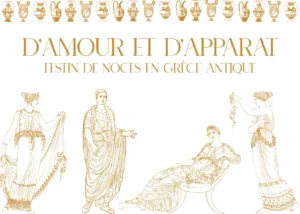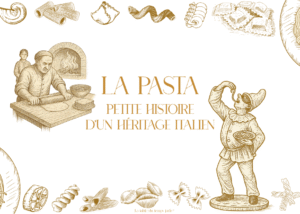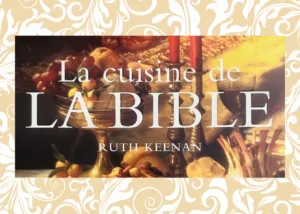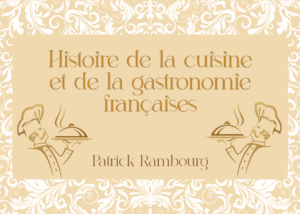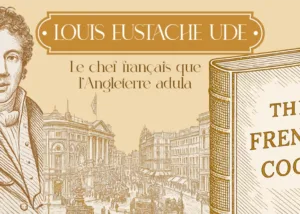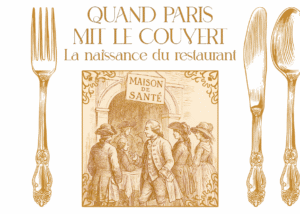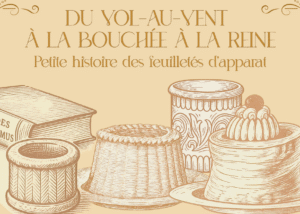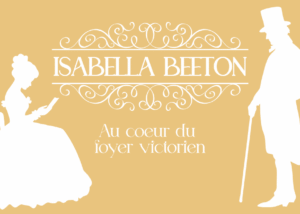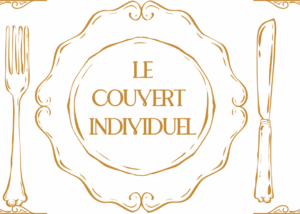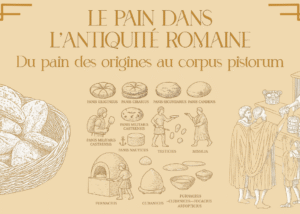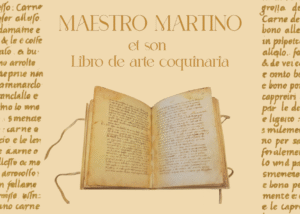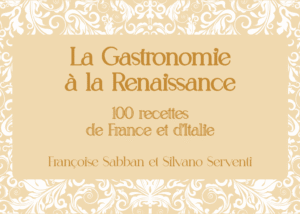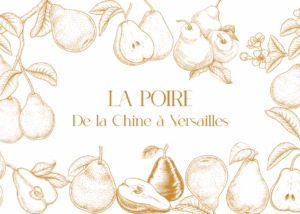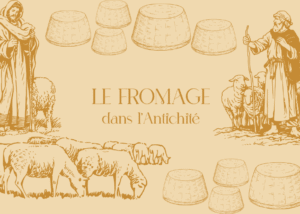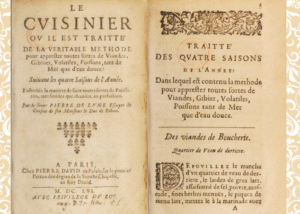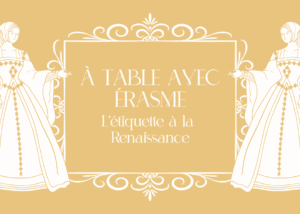Bread in ancient Rome
From original bread to corpus pistorum

From crispy panis quadratus to soldiers' dry pancakes, bread accompanies Roman history like a thread of flour and fire. An essential food and object of worship , it crosses social classes and customs, in an astonishing diversity that reflects the richness of Roman culture.

From primitive pancakes to fermentation
The earliest forms of bread appear as early as the Neolithic period , in the form of flat, unleavened cakes made from cereals such as millet and barley. These grains were ground with stones and mixed with water to form a dough baked on hot stones or in heated cavities.
Fermentation was probably discovered by chance, when a dough began to rise naturally, giving a lighter , tastier and more digestible of life, and bread became a food appreciated not only for its nutritional qualities but also for its better preservation .
The simplest techniques, such as cooking on stone or under clay bells, would coexist for a long time with more elaborate ovens, which would become a symbol of technical mastery in ancient societies.

From Egypt to Rome: Know-how and Adoption
The Egyptians had already mastered breadmaking, as shown in funerary frescoes depicting grain being ground, dough being kneaded, and bread being baked. Their bread, often round, was made using special ovens.
These skills were passed on to other Mediterranean civilizations and reached Rome via the Greeks. Pliny the Elder reports that the Romans began to make fermented bread only from the 3rd century BC , before that they had been content with simple flatbreads.
Once adopted, bread quickly spread to all levels of Roman society. Ancient texts and representations confirm its central role, from family meals to public feasts, and its integration into everyday culture.

A variety of breads for all tastes
The Romans were not content with just one type of bread. On the contrary, they knew more than thirty varieties , adapted to social classes, customs, or even particular diets. Thus, the white and refined panis siligeneus dark and rustic cibarius Furfureus , made from bran, was considered the coarsest, and the panis candidus was considered a refined luxury. Alongside these everyday breads, there was the parthicus , known for its spongy crumb, or the panis adipatus , enriched with bacon.
Some breads had specific uses: pepsianus , which was easier to digest, was intended for the sick; bucellatus was similar to a rusk bread, ideal for preservation. Others, such as strepiticus , were similar to a primitive pizza made from flour, water, oil, lard and pepper. Testicius , on the other hand, was the ancestor of the Romagna piadina, prepared and eaten by soldiers on campaign.
Finally, some breads were distinguished by their symbolic or festive function: panis ostrearius accompanied oysters, ortolaganus was missilia were thrown to the public .
Among them all, the most emblematic remains the panis quadratus : a loaf cut into eight quarters, sometimes wrapped in a cord for baking. Carbonized examples were found in Pompeii , frozen by the eruption of Vesuvius in 79 AD. This bread has become the most famous image of Roman breadmaking, a tangible symbol of everyday life two millennia ago.

Bakehouses, corporations and symbols
Roman bakeries, called pistrina , produced in quantity for the cities. They had millstones, kneading troughs and large ovens. The bakers were grouped together in the corpus pistorum , a corporation active from the 2nd century BC.
Despite this, many families continued to prepare their own panis artopticus . The bread also had symbolic value, and some beliefs recommended not cutting it with a knife.
But beyond its nutritional and social role, bread also had a sacred dimension. The Romans placed each stage of wheat cultivation under the protection of the divinities : the seed protected by Seia , the harvest entrusted to Runcina , flowering placed under the eye of Flora , and maturation guided by Matuta . Offered to the gods during rites and festivals, bread thus went beyond simple food: it became a link between men and the divine , a gesture of harmony and gratitude towards the forces of nature.
staple , social marker, and symbolic object , bread in ancient Rome illustrates the ingenuity and cultural richness of this civilization. Each batch tells a story, blending inherited traditions, technical innovations, and shared rituals.

Find other blog articles
Find other blog articles






